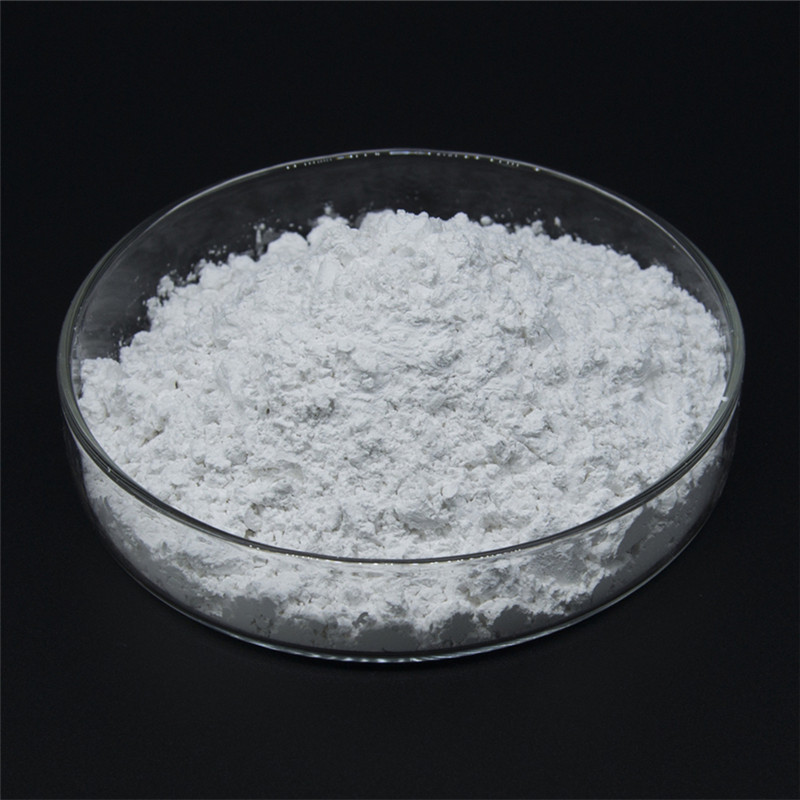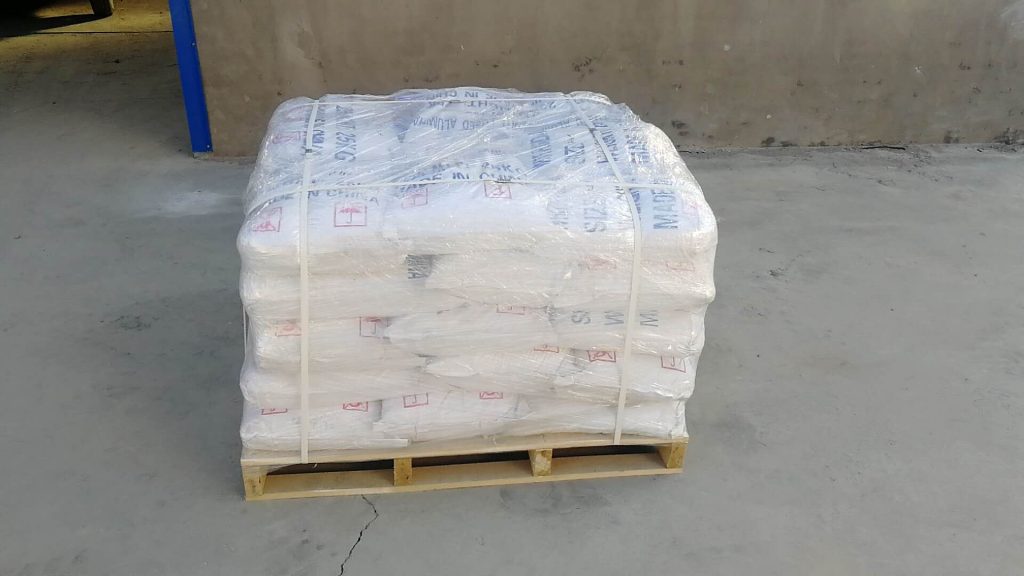white aluminum oxide electrically fused in arc furnace with high grade processed alumina as raw material. It has higher hardness and slight lower toughness comparing with brown fused alumina. It is also characterized by its high purity, ability of self-sharpening, better cutting, less heat emit, higher efficiency.
White fused aluminum oxide becomes the first choice for the sandblasting technics, meanwhile, it is also the ideal material for abrasive and workpiece cleaning, and polishing.



White aluminum oxide properties:
| Typical Chemical composition | |
| AL2O3 | 99.3%min |
| SiO2 | 0.06% |
| Na2O | 0.3%max |
| Fe2O3 | 0.05%max |
| CaO | 0.04%max |
| MgO | 0.01%max |
| K2O | 0.02#max |
| Typical physical properties | |
| Hardness: | Mohs:9.0 |
| Maximum service temperature: | 1900 ℃ |
| Melting Point: | 2250 ℃ |
| Specific Gravity: | 3.95g/cm3 |
| Volume density | 3.6g/cm3 |
| Bulk density(LPD): | 1.75-1.95 g/cm3 |
| Color: | White |
| Particle shape: | Angular |
| Available size: | |
| F8# F10# F12# F14# F16# F20# F22# F24# F30# F36# F46# F54# F60# F70# F80# F90# F100# F120# F150# F180# F220# | |
White aluminum oxide usage on Medical Devices blasting:
1. Clean the rough surface of precision castings. Sandblasting can remove the oxide layer and residual materials, and can also be polished to improve the surface quality of castings.
2. Clean the oxide scale. For heat-treated scalpels, sandblasting not only does not damage the edge of the scalpel, but also prolongs its service life.
3. Clean the micro-burrs of the workpiece. As the appearance and precision of the instrument workpiece are improving, the use of the workpiece is becoming more and more stringent.
4. Clean dirt and rust stains. Using sandblasting for medical equipment processing molds can achieve medical sterilization and refurbish old equipment. Achieve the purpose of repair.
5. Prepare for the surface treatment process.. Sandblasting before painting can improve the adhesion of the paint, and the adhesive is bonded by sandblasting, and the quality is better.
6. Obtain a decorative surface without reflective light. The parts processed by sandblasting will not reflect light on their surface. For workpieces that require smoothness and cannot reflect light, sandblasting is an effective processing method.
7. Improve the performance of the instrument. After sandblasting, the instrument parts can not only increase the polishing degree of the original product, but also increase the service life of the parts.
